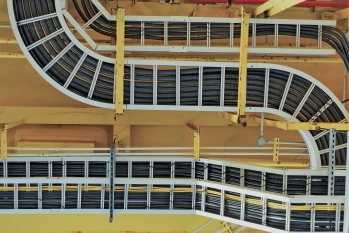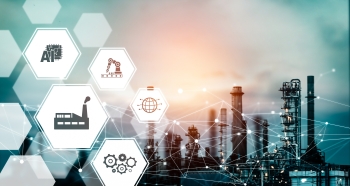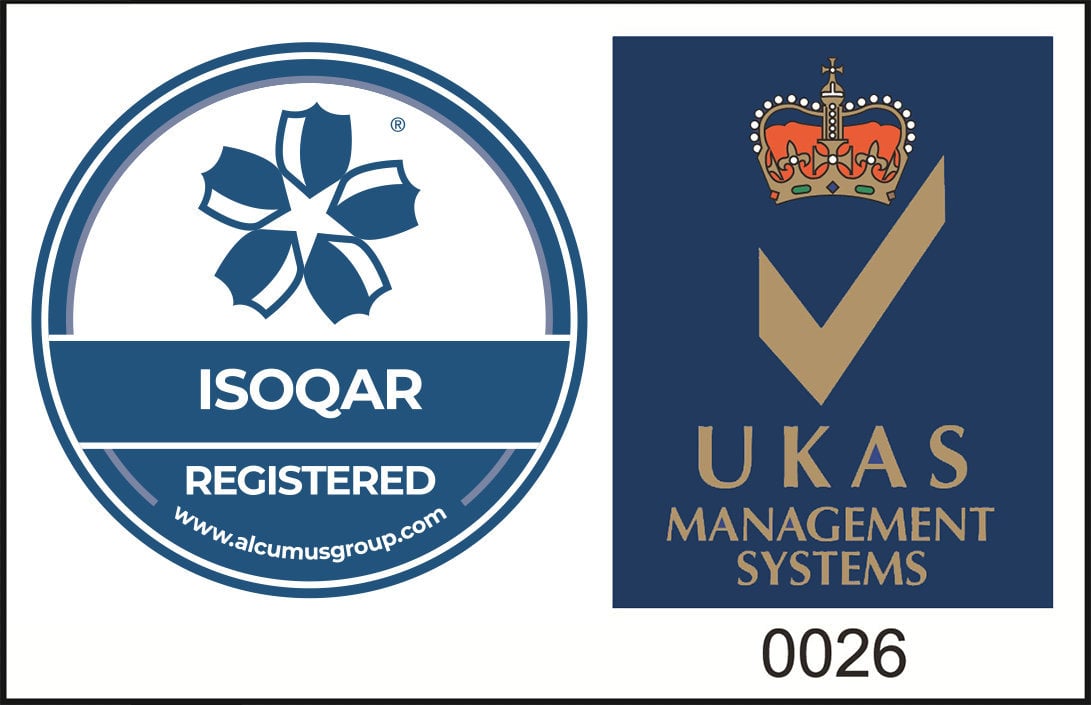
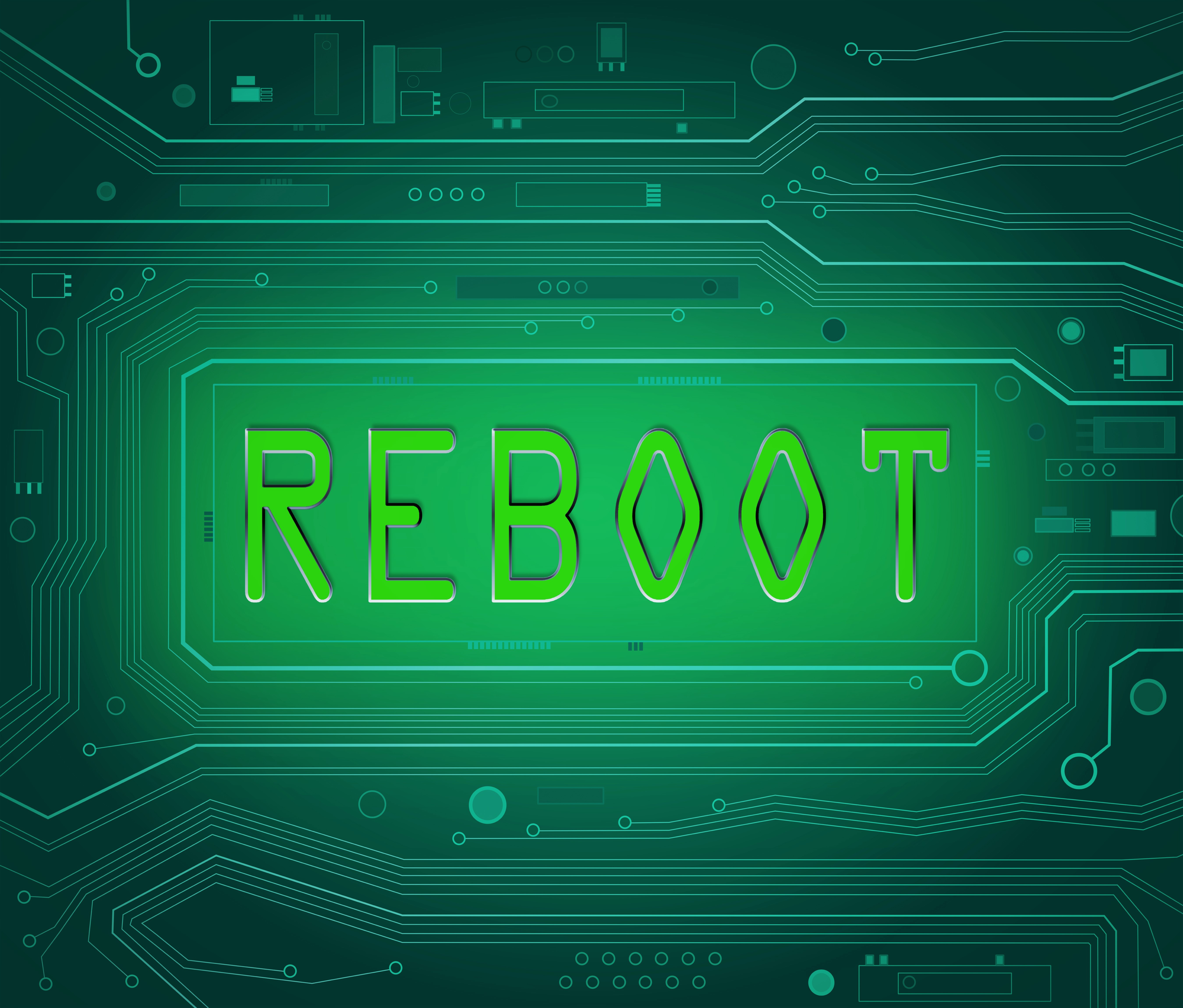
Should you reboot your automation process and integrate an industrial PC?
Published: 25/11/2022
Should you reboot your automation process and integrate an industrial PC?
The evolution of the personal computer (commonly known as the PC) has progressed from a device solely designed to solve numerical problems into that and so much more. Now used for office operations and entertainment to wind down after a long day, the invention has shaped the world in which we live.
How has this been adapted to industrial automation?

The History of Industrial PCs
To truly see how far we have come, it is crucial to look back at those pioneers and pivotal moments in technological history which made such developments possible.
Even back in the 1800s, the likes of Joseph Jacquard and Charles Babbage had a desire to simplify working lives, creating punch card systems for looms and steam-driven calculating machines. As the 1900s took centre stage, creative minds were blooming. In 1936, Alan Turing produced a concept of a universal machine capable of “computing anything that is computable.” Just one year later, George Stibitz was working as a research mathematician at the renowned Bell Telephone Labs but his work did not end when he got home. While sitting at his kitchen table, Stibitz built a device capable of adding binary digits (the binary adder) from just a few lightbulbs, relays, batteries and metal strips taken from tin cans. Dubbed Model K as an ode to his kitchen, this was the first electromechanical computer ever to exist in America. With this, the foundations had been laid and in 1942, Professor John Vincent Atanasoff began building on them.
Iowa State University Professor Atanasoff partnered with his graduate student Clifford Berry to design the first electronic digital computer, making the university a hub of buzzing creativity. This computer could perform just one command every fifteen seconds and although this seems insignificant when compared to modern technology, this duo created something which would form the design principles of all future computers. With no patent for their invention, the Atanasoff–Berry computer (or ABC) remained in the shadows for many years. Inspired by the works of Atanasoff and Berry, John Mauchly and J. Presper Eckert created the Electronic Numerical Integrator and Calculator (ENIAC) in 1944. This brainchild spanned approximately eight hundred square feet and was considered to be the “grandfather of digital computers.” To round up the 1940s, Bell Laboratories housed a trio of researchers, William Shockley, John Bardeen and Walter Brattain who invented the transistor, a semiconductor device used to switch electrical signals and even power. This discovery nullified the need for a vacuum as the team made the switch with solid materials.
The end of the fifties saw Jack Kilby and Robert Noyce present the computer chip. Previously, most devices used vacuum tube technology but the creation of the silicon-based integrated circuit transformed the computing landscape. This is arguably one of the most significant developments when we consider the impact it has had on today. With microchips being used in our smartphones, medical practices and televisions to name a few, this invention paved the way for us all. At a time when the Beatles disbanded, Apollo 13 malfunctioned and Microsoft and Apple computers were born, the 1970s was a decade to remember. As Robert Metcalfe developed the ethernet technology we all know and love today, his creation connected multiple computers and additional hardware, transforming them into communicative devices. This technology revolutionised connectivity, linking millions of personal computers around the world.
In the 1980s, the first industrial computer was born as IBM launched the 5531 industrial PC (arguably the first of its kind) and this intrinsically resulted in the development of industrial applications.
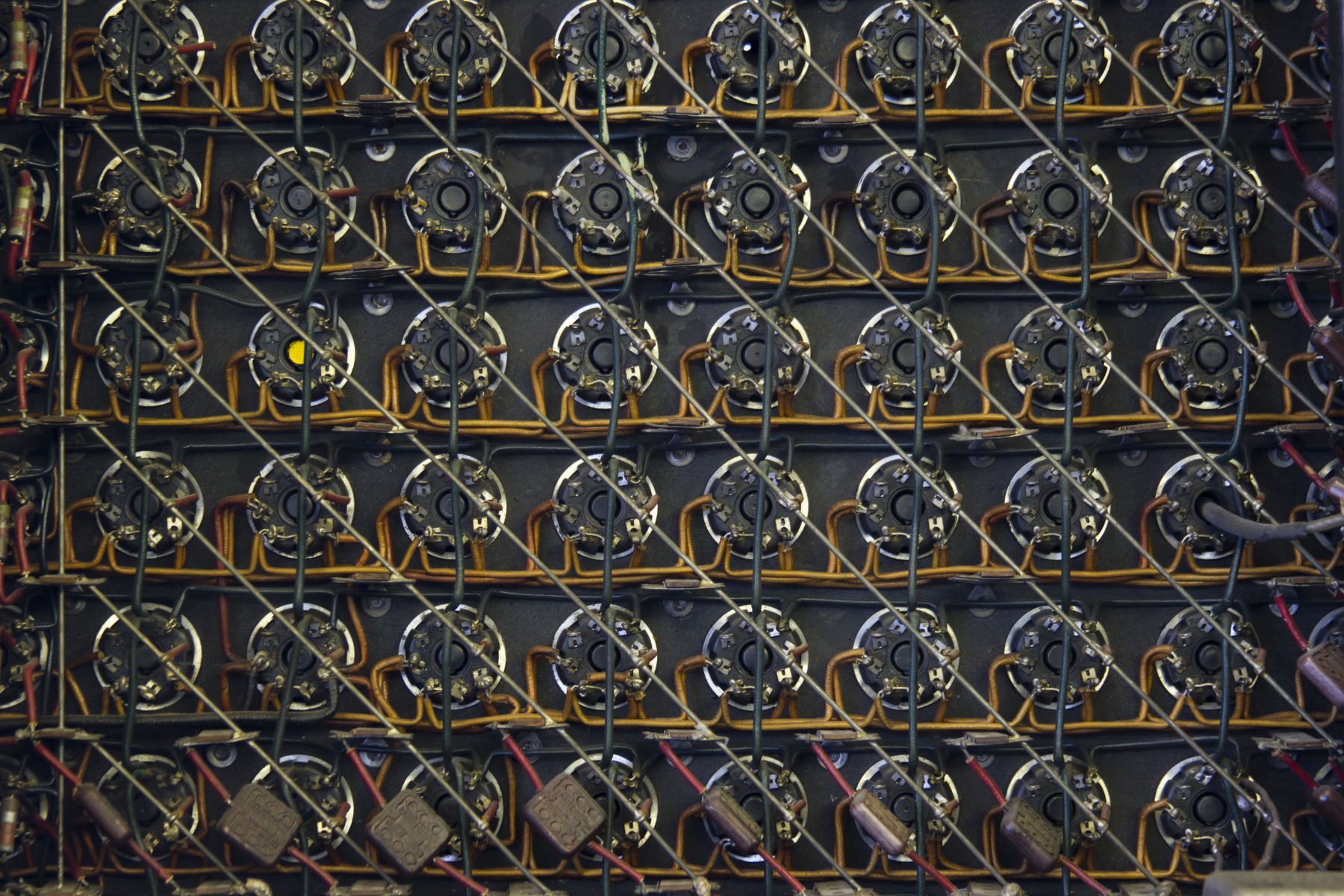
What is the difference between a commercial and industrial computer?
Industrial PCs are known for their rugged design, reliability and environmental compatibility. Equipped with the technology to perform varied tasks and power automation software, these devices are able to control complex industrial processes. There is a resemblance between the two however as they both receive and process information to perform the instructed action as told by the programme and have a similar hardware makeup.
Let’s delve a little further into the characteristics of an industrial computer.
Have you ever sat at your desk and felt heat radiating from your desktop PC, warming up under the pressure of work? This overheating is often caused by dust getting lodged in the fan and disabling it, causing this ventilation problem. Now, imagine this scenario in an industrial environment and the threat of overheating feels far more likely, hence the need for an industrial variation of the much loved personal computer. Industrial PCs are specifically designed for harsh environments varying from one extreme to the other. Excessive heat not only brings with it the threat of downtime but also reduces the lifespan of machinery. Studies show that a commercial PC should be operating at a maximum of 35° whereas an industrial PC can withstand a 20° increase of this temperature.
Having fully functioning fans play an integral role in creating a barrier between the core of the computer and dust. Industrial PCs contain unique filters to ensure the heat is regulated, making it suited to aforementioned harsh industrial environments. Communication failures can occur due to electromagnetic interference, reducing the lifespan of your automated system. With sturdy isolation and voltage stabilisers, industrial PCs provide an additional tier of protection. Speaking of protection, they also offer IP protection, meaning that you are protected from dust and water entering your PC. Finally for the design aspect, they can tolerate high levels of vibration, maintaining their operations throughout the high shock period.
On the reliability front, everything is looking rosy for industrial PCs. This is debatably the most important deciding factor when choosing which devices to implement in your automation process as the risk of downtime looms. Usually, a harsh environment would render a commercial PC ineffective, however the industrial version supports uninterrupted operations. Of course, continuous operations translate into financial savings. Although the initial investment can be high, avoiding repair and downtime costs associated with having a commercial PC in an industrial environment far outweighs this. They are also renowned for their long life cycles, not requiring any major hardware upgrades for an average timespan of five years. In a similar vein, the computer will also ensure that power consumption is kept to a minimum without diminishing the functionality of the process.
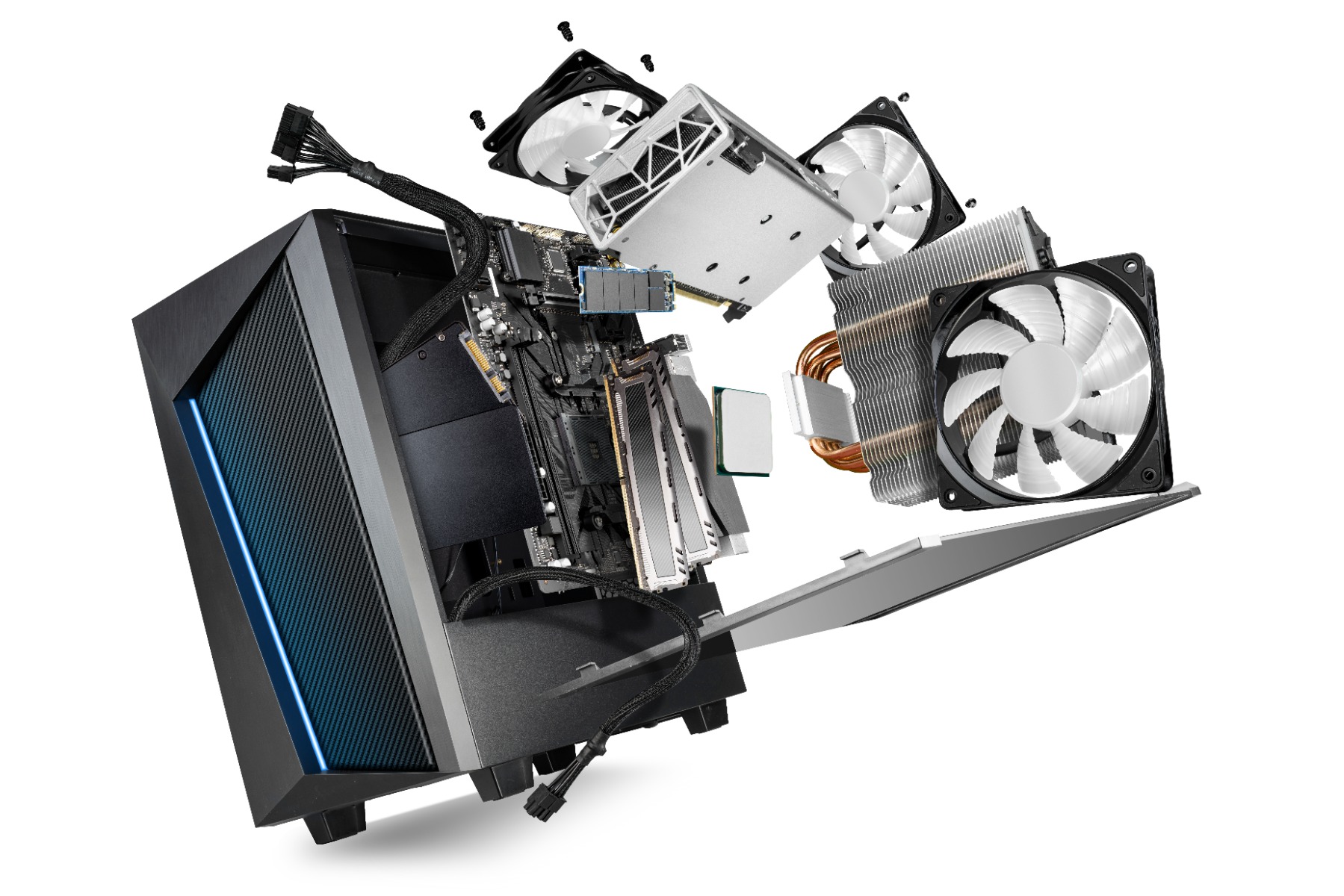
How are industrial PCs used in manufacturing?
Industrial PCs are largely used in the manufacturing industry, transforming worldwide automation processes but its applications know no bounds, even impacting healthcare, fleet management and security to name a few. Today, we will be honing in on the field of automated manufacturing, highlighting the key advantages.
Often when manual human labour is not sufficient in a mass production, industrial PCs are brought in to supply the demand and are now widely used in the field. However, this is not just to support labour but also to collect operational data which can then be used to carry out preventative maintenance based on the readings thus reducing the likelihood of downtime. Quality assurance is central to any and all manufacturing processes. Using industrial PCs, this can be done with enhanced accuracy and at a much higher speed than usual. These visual inspection systems automate the process, maintaining the highest quality possible by producing multidimensional readings on each product. Traditionally accepted on a pass fail basis, this has progressed to track product dimensions and size, ensuring consistency.
Asset tracking is prevalent across all industries with data being increasingly valuable. Once implemented, this technique is used to track daily operations, pinpointing any potential problems and inconsistencies. Some say money makes the world go round but we like to think data does the same. Data can be collected remotely using these computers, using sensors to both send and receive information linked to a specific piece of hardware or a device. Having this information means machinery operators can act on issues promptly. For instance, if a piece of equipment is performing under par, the data will flag it up. Likewise, if a temperature or pressure change is required, control systems jump to attention and accurately perform the required action.
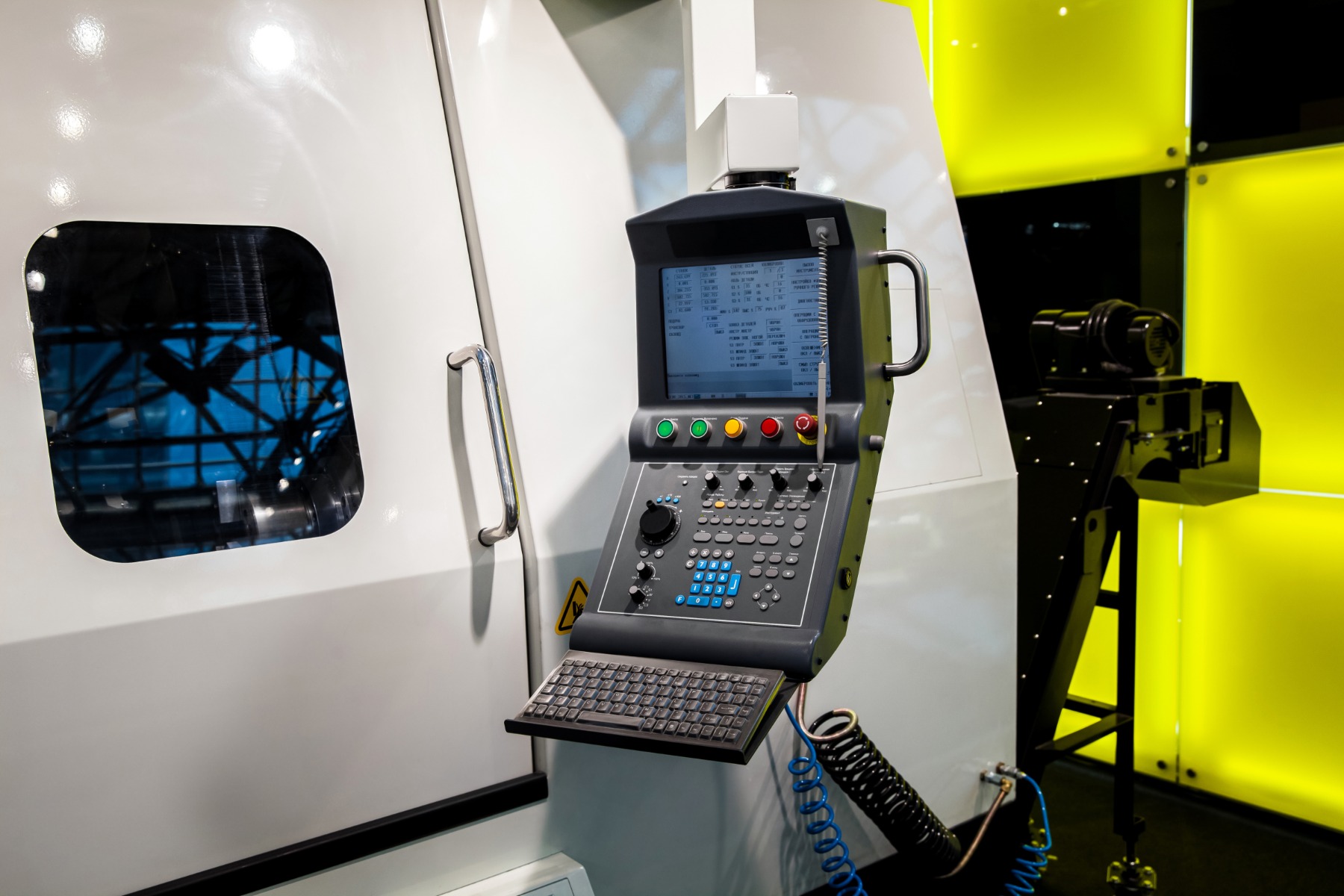
Industrial PCs have evolved significantly from their predecessors, presenting themselves as ruggedly resilient devices ready to combat any environment. Using a standard commercial computer in such conditions would likely resemble the aftermath of a demolition derby, however the hardshell alternative has you covered.
Here at Northern Industrial, we are ready and waiting to support your industrial computing needs. Find support for all types of rugged industrial computers including new and refurbished spares and a first class repair service. We have plenty of stock of all types of industrial PCs including Simatic Box PCs.
Give our team a call and let’s talk about all things tech.
Want to find out more?
If you'd like to learn more, click the button below and one of our helpful friendly team will be in touch. Alternately you can reach us by phone on +44 800 234 3747
Share this article

























